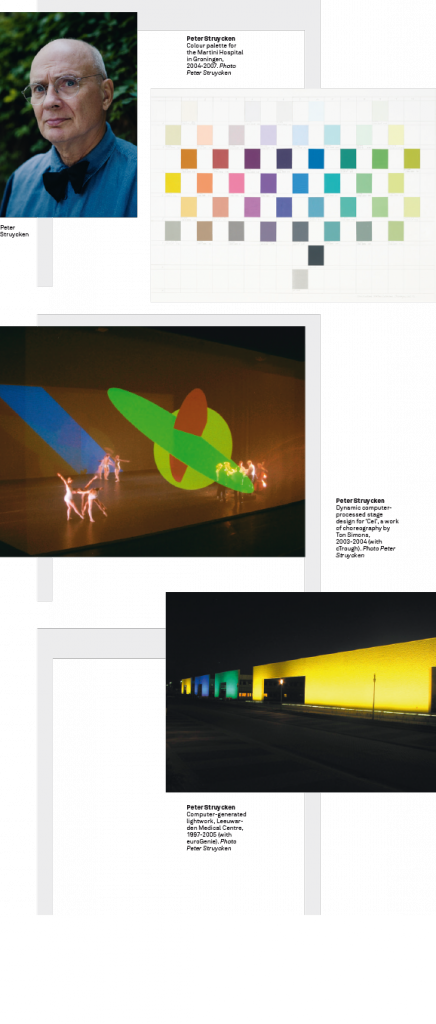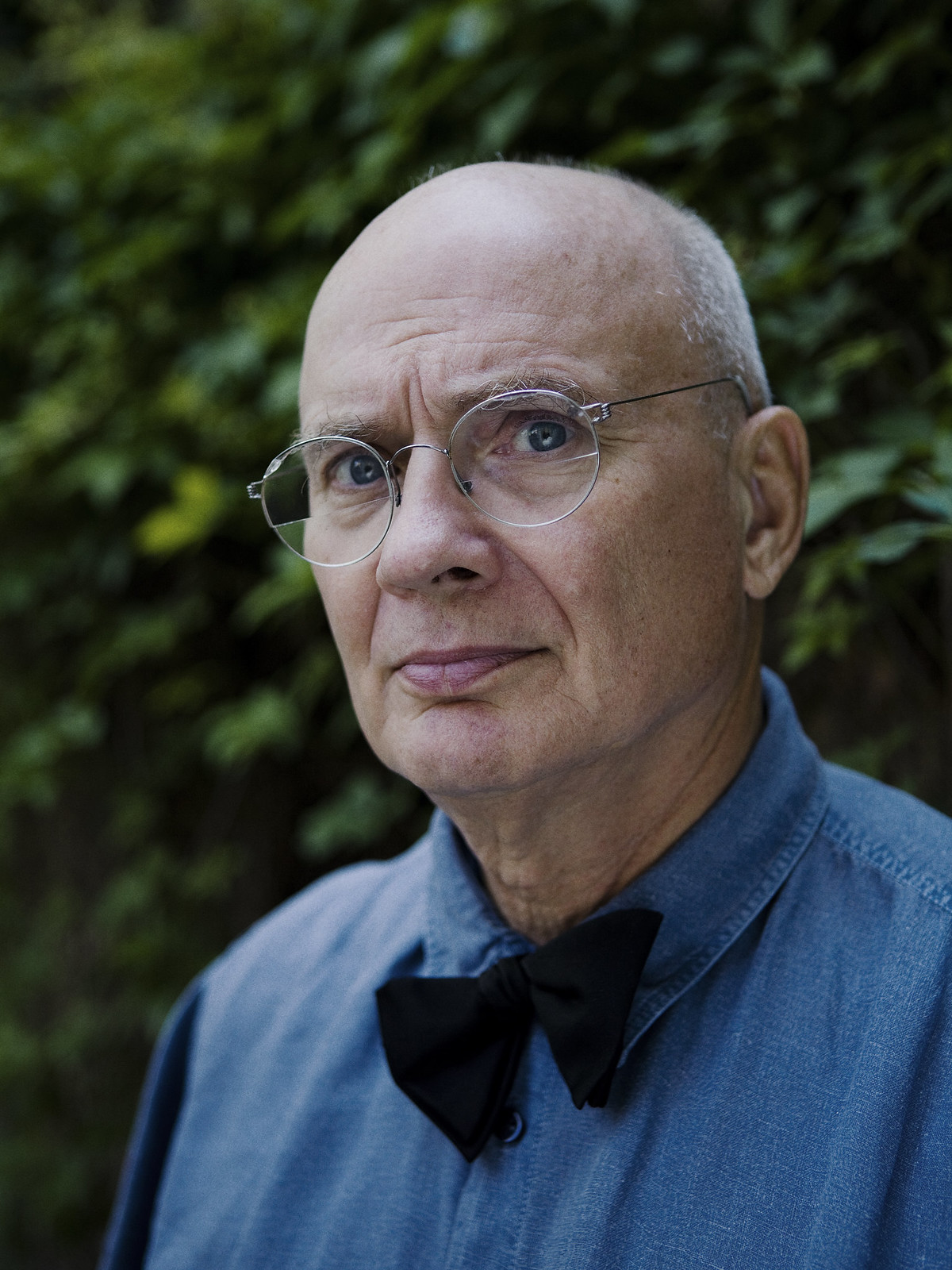Peter Struycken has been awarded the Dr A.H. Heineken Prize for Art 2012 for the methodical way in which he has used shapes, colours and processes in his innovative and appealing works of art for the past fifty years.
Everyone in the Netherlands is familiar with the work of the Dutch artist Peter Struycken, if only because his portrait of Queen Beatrix, which is made of digital shifted dots, still graces numerous Dutch postage stamps some thirty years after he created it.
Computer-generated images are common now, making it difficult to imagine how innovative and pioneering Struycken was when he first used computers to create works of art in the late 1960s, and when he chose in 1981 to use a computer to produce his portrait of the Dutch queen.
Struycken’s work, for which he often uses digital techniques, is based on a methodical, logical, consistent and verifiable investigation of colours, shapes and processes. In the late 1970s, for example, he used a simple computer program to design a series of sixteen pastel shades that he then used in his colour scheme for the auditorium of the Kröller-Müller Museum.
Struycken’s work is usually non-figurative or decorative. It takes on many different forms, ranging from sketches, paintings and videos to costumes, set designs, and lighting and visuals for dance or music concerts.
Struycken is best known among the general public for his interior and open-air spatial designs. He creates beautifully seductive works that give viewers a new sense of space, shape and colour, using the computer as one of the tools of his craft.
Struycken’s work takes people on a journey through a dynamic, three-dimensional colour space, for example his ten-metre-long screen in the Groningen Museum. However systematic and methodical the origins of the work may be, its viewers are caught up in a mystical experience.
Struycken created computer-controlled lighting for various buildings and interiors, for example for the underground passage of the Netherlands Architecture Institute in Rotterdam, which is transformed into a rainbow arcade of coloured light at night. He also designed the ceiling of the Music Theatre in Amsterdam and the Concert Hall in Tilburg.
Another well-known work is Blue Waves, an undulating pattern of white and blue paving stones beneath a bridge crossing the Rhine in Arnhem.
Further reading
Struycken, P., ‘Colour mixtures according to Democritus ans Plato’, in: Mnemosyne, Vol. LVI, Fasc. 3, Leiden Brill 2003 ISSN 1568-525X (online version)
Struycken, P., ‘Enkele Oudgriekse denkbeelden over kleur’, in: Rein Ferwerda, P. Struycken, ‘Aristoteles’, Over kleuren, Budel: Damon 2002 ISBN 90 5573 129 3
Struycken, P., Trooping the colour / Kleur kleurt, Gorinchem: Gorkums Museum 2002 ISBN 90-804257
About the laureate
Peter Struycken was born in The Hague (Netherlands) in 1939. He entered the Royal Academy of Fine Arts in The Hague in 1957. In 1964, he became an instructor at the art academy in Arnhem. He was one of the founders there of the Monumental New Style Department, which encouraged students to interweave works of art into architecture and urban planning.
Struycken was made a Knight in the Order of Orange-Nassau in 1984.
Works of art

Artwork by Peter Struycken
Video
Video interview with Peter Struycken, laureate of the Dr A.H. Heineken Prize for Art 2012
